Ever since Rodrigo Duterte took office in July 2016, the Philippines have been subjected to media scrutiny. Duterte’s anti-drug campaign lead by police has claimed 6,847 lives as of the end of July 2019, and some 20,000 deaths remain under investigation. The victims, mostly the poor from urban slum areas have been murdered in cold blood, sometimes at the premises of their own homes – the perpetrators are vigilantes, local hitmen and likely police too.
I had the pleasure of interviewing freelance photojournalist Raffy Lerma, the man behind the camera lens capturing some of the powerful images from the Philippine War on Drugs.
The spotlight of the Philippines’ war on drugs is widely seen shifting away from Manila, but the body count continues rising. A new report by Amnesty International has made calls to the United Nations to investigate the deaths of thousands of Filipinos. Please tell us what’s happening in the Philippines right now.
The war on illegal drugs continue. However, the situation is better now in Metro Manila with more arrests, fewer deaths from police operations and vigilante compared to 2016. But, I cannot say the same in the provinces, where there has been a huge spike in killings particularly in Bulacan, Cebu, Cavite, Laguna and Negros.
When talking about your work I heard you use the term “vulture” at multiple occasions. Please tell us more.
That’s how I, along with other journalists felt when we covered the killings back in 2016. We photographed body after body at multiple crime scenes in Metro Manila every night. To be very honest, there were several occasions where we were not done photographing the victims and getting their names, when we had to race to a different location to photograph another dead body. Metro Manila is huge and densely populated, making it difficult to navigate certain areas.
You take pictures of people who are suffering terribly, who are stigmatized by what has happened to their families. How do you manage to get close enough with your camera while maintaining your respect for them?
Since it is out in the public and on the streets, I keep focused and unhurried. I document it with sincerity, and follow protocols set by the police while they continue their investigation. When I go to the wakes and funerals, I speak to the bereaved family members and ask their permission if I could document and hear their stories. I explain to them my intentions why I need to show these photographs to the world.
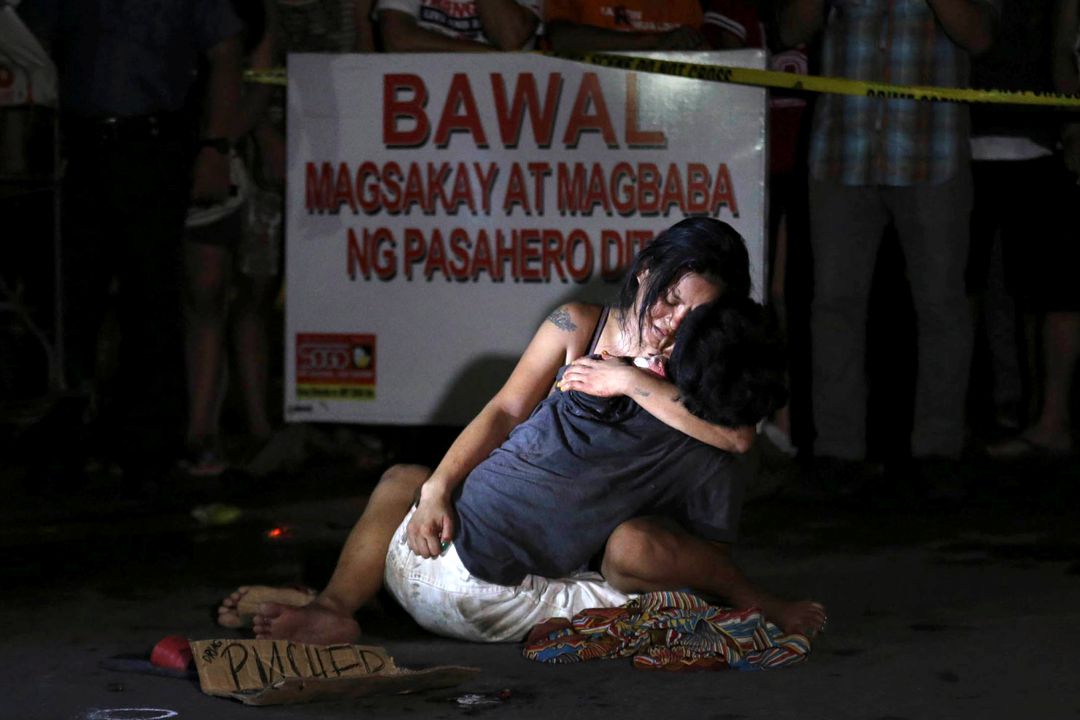
Jennilyn Olayres hugs her partner, Michael Siaron, on the street where he was shot. Next to him is a placard which reads “I’m a pusher.”
What was the photo assignment that you had that is most memorable or affected you the most?
Many photo assignments I worked have been memorable to me, but this drug war coverage has affected me the most. I worked as a staff photographer for the Philippine Daily Inquirer for twelve years and resigned to continue working as a freelancer documenting the Philippine War on Drugs.
Have you ever wanted to take a picture to the government to embolden them to act for humanity?
Yes. It is one reason that inspired me to choose this profession. As a young boy growing up, I have seen thousands of powerful photographs from conflict areas. It is not every day that you get to shoot photographs that get sympathy to move people, but with the current drug war in the Philippines, whilst the majority of Filipinos continue supporting President Rodrigo Duterte’s campaign that has ruthlessly killed thousands of mostly poor drug suspects, it really pushes me, and my colleagues to continue documenting.
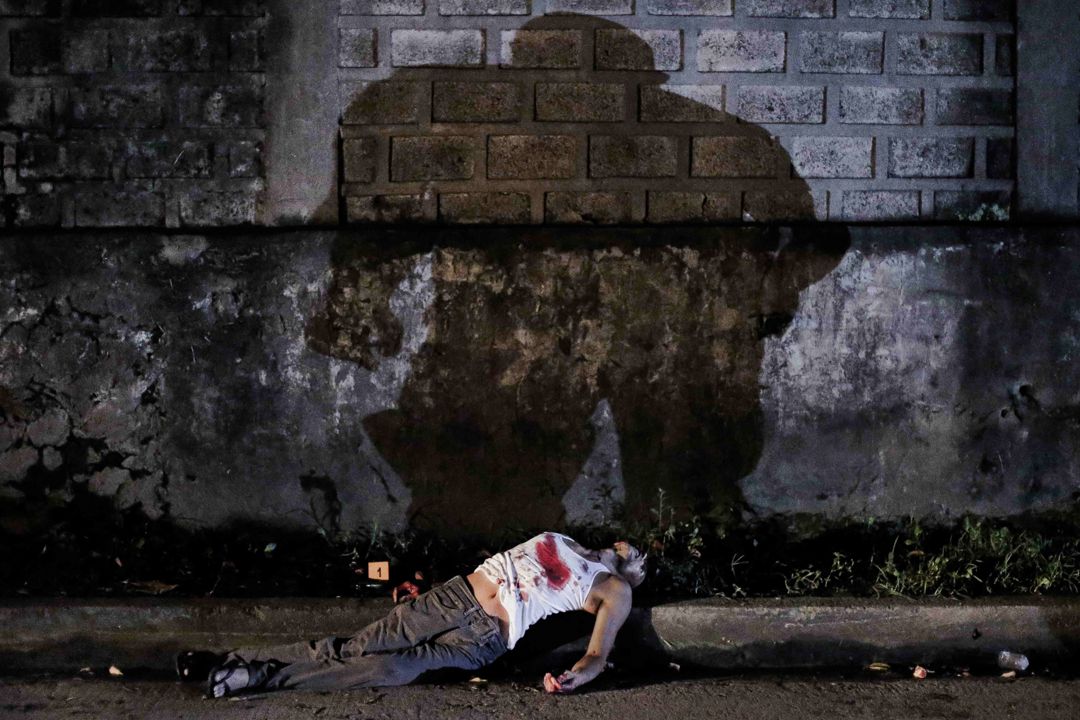
The victim of a buy-bust operation by police found on a roadside in the Barangay Del Monte area of Quezon City on Oct 9,2016
The cynical view is that the conflicts don’t always get resolved, but the press just goes away. For example, your photographs of the Philippine War on Drugs have so much emotional force, but the war is still going on. How do you stay hopeful despite that?
We just do what we can to raise awareness and change the perspective that there are better ways of finding solutions than killing people. There are solutions more centered on human rights to solve the drug problem.
What’s the key to taking great journalistic or documentary photographs?
Be sincere to yourself, to your subjects, others and towards your goal. Always put your best representation of the situation or scenario.
What kind of equipment have you shot with in the past and are shooting with right now? What do you think is the “ideal” camera for street photography?
I would not consider myself a very technical photographer, but for this type of work it is necessary to have a camera than can record images in low light situations. I prefer to use a 24-70mm lens because it helps the image quality with minimal distortions in shots. I needed to get closer to the subject to fill the whole frame to capture a good shot.
What projects will you be working on next?
I am continuing to document the Philippine War on Drugs – it is not just the crime scenes now. I have been documenting the families of the victims that have been left behind, and their struggles to stitch back their lives together. The drug war has left thousands of children living as orphans or in single-parent families struggling to put food on the table. There are several community-based drug rehabilitation projects initiated by local governments. I also document in the provinces to cover the situation there.
Is there any advice you would give a young photographer starting in photojournalism?
It is not just about capturing powerful and beautiful photographs. You will have to research, know your stories and stay updated on current affairs. Most importantly, you will have to have a lot of patience.

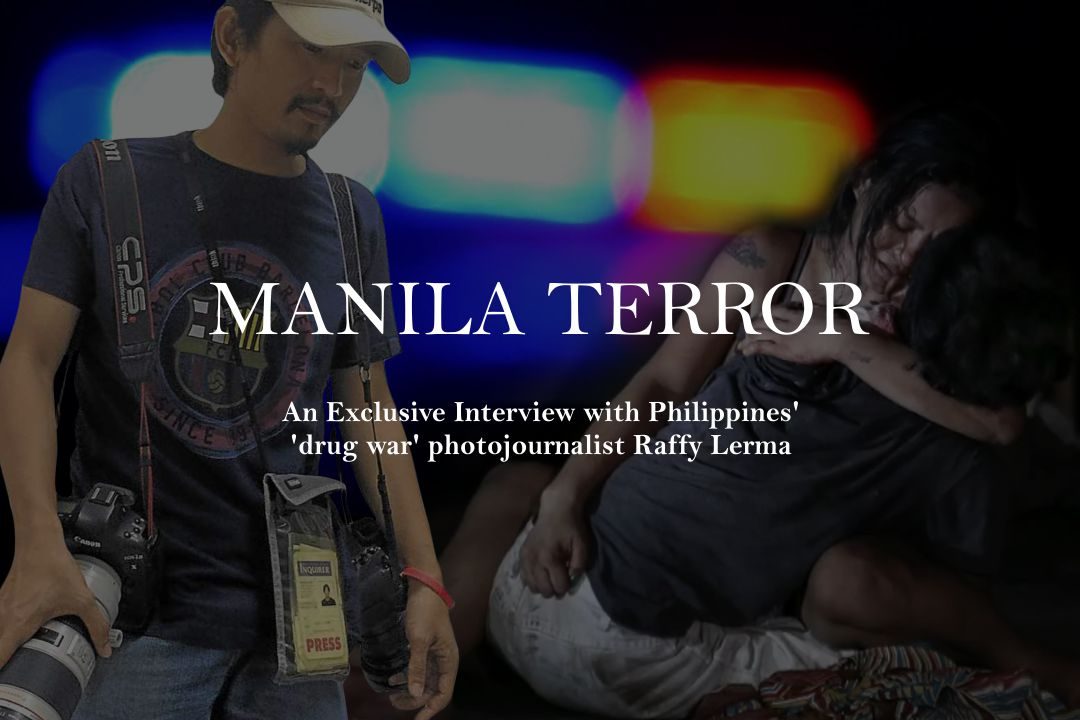
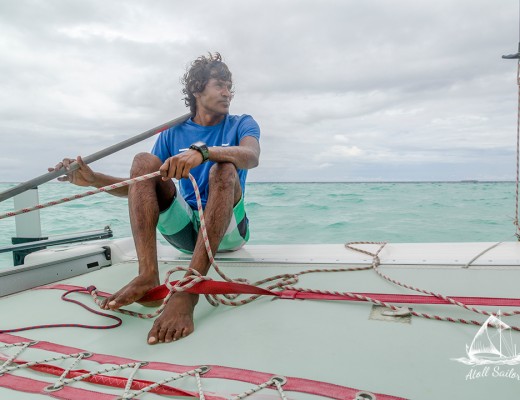
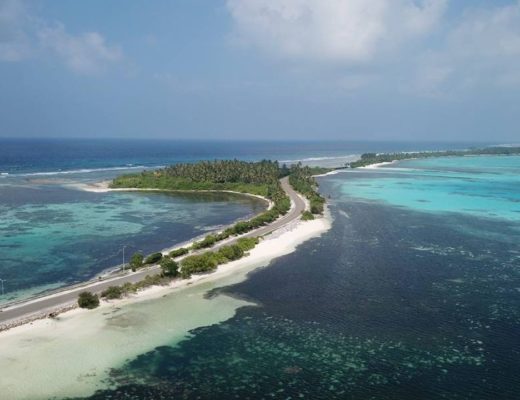
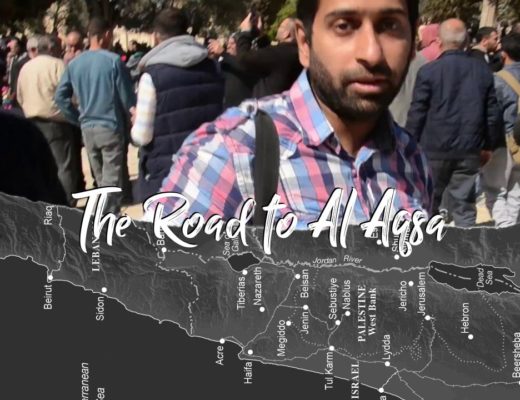
No Comments